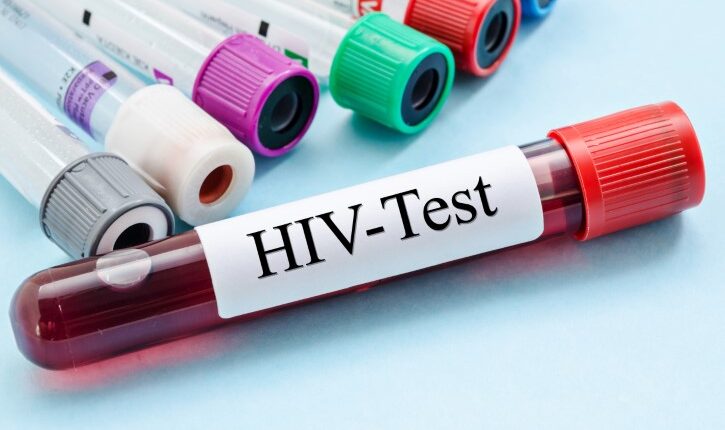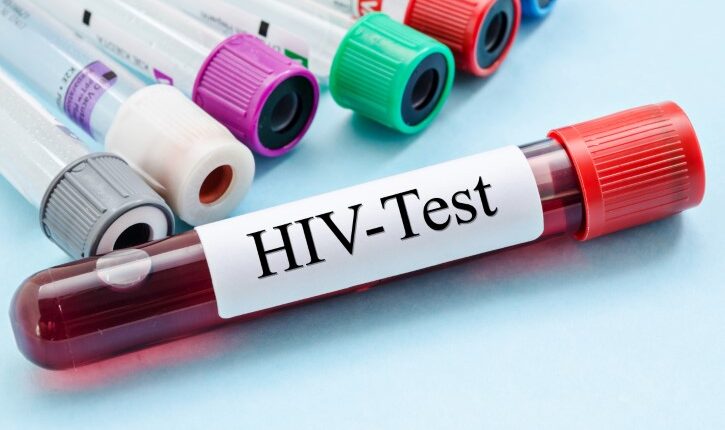
The Director General of the Ghana AIDS Commission, Dr Kyeremeh Atuahene has disclosed that over 39, 000 youth aged 15 to 24 years in Ghana are living with HIV.
According to Dr Atuahene, out of a cumulative figure of 355,000 Ghanaians living with the virus since the first case was recorded, 11 percent comprise the youth, and this translates into 39,050.
“Although the commission aims to reduce infections by 17% every year, we are unable to because of hikes in immoral activities,” Dr Atuahene revealed.
Dr. Atuahene, however, indicated that they were able to reduce infections by 8 percent in 2022.
“When we talk about HIV, we focus more on new infections because the more people get infected, the more we keep adding on to the existing number,” the AIDs Commission boss stated.
On gender categorization, he explained that more women contract the virus because their genitalia is a receptacle.
He added the vagina lining and the tissue beneath it are quite fragile, making women more susceptible to HIV infection.
Dr Atuahene also mentioned that people who have untreated sexually transmitted diseases have higher risks of getting HIV and as a matter of fact, 10 to 13 percent of people with STIs have HIV.
“If you have chlamydia, chancroid, or any ulcerative infections then you become even more vulnerable. When you sleep with anybody, because you have some ulcers down there, you’re most likely to get infected,” he explained.
He made this revelation at a Forum dubbed, “Chastity and Morality: How are the Youth Staying Chaste in Today’s World?”.
The forum sought to discuss and find answers to some of the thorny immoral issues plaguing the youth in recent times due to scarcity of jobs and exposure to all kinds of financial and sexual pressures as well as various forms of immorality.
Dr. Atuahene encouraged the youth to stay away from immoral behaviour that could endanger their lives.
In July 2023, the commission launched an HIV Self-Testing (HIVST) kit to reduce the rate of infection with the greater expectation of achieving a zero new infection rate every year.
The HIVST allows lay persons (non-medical workers) to test themselves for HIV in the comfort of their confidential spaces, without the presence and direct supervision of any health worker.
The testing delivers results within 10 minutes.
The test is done either using their blood sample or saliva, better known medically as “oral mucosal transudate”.






